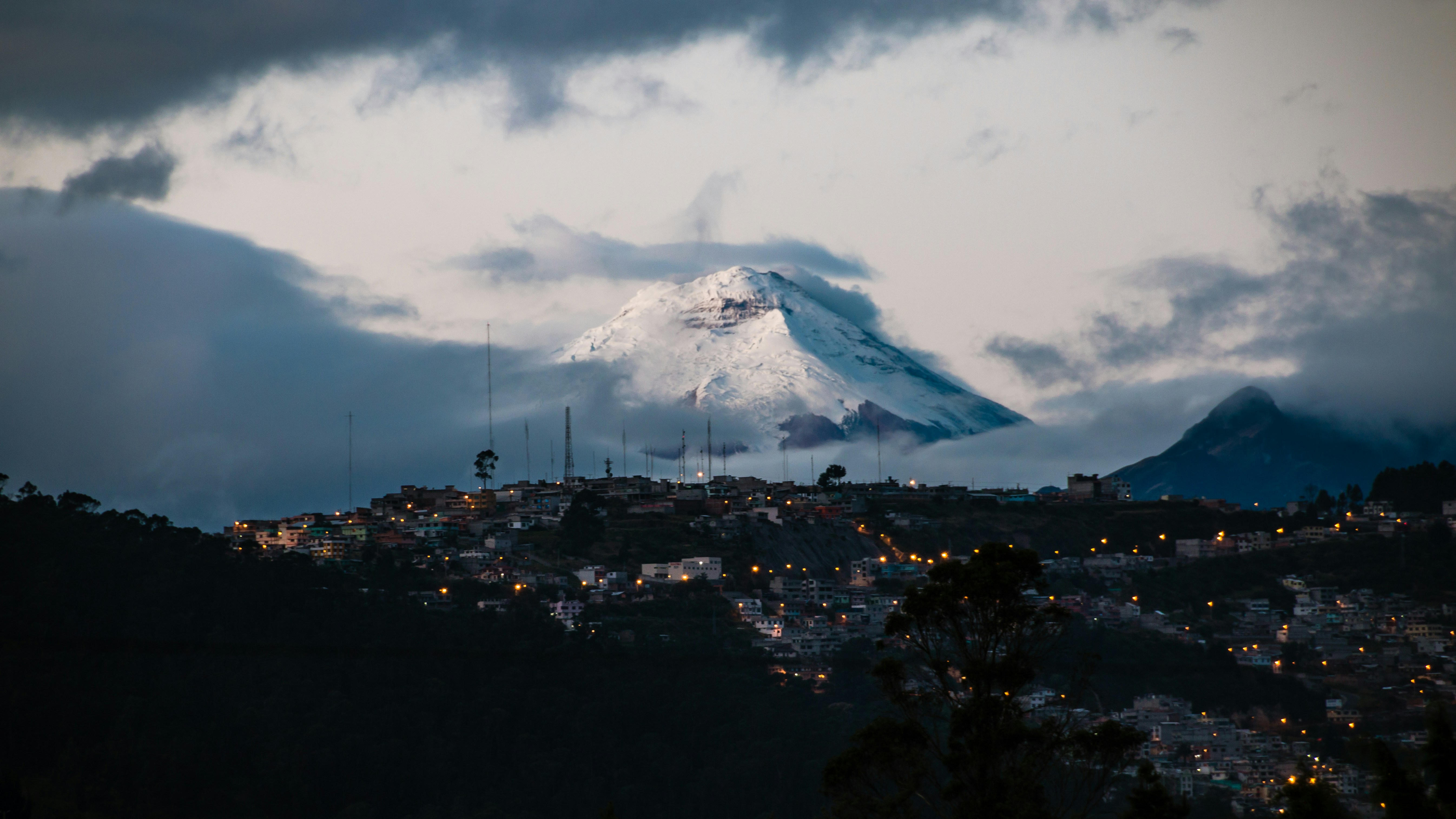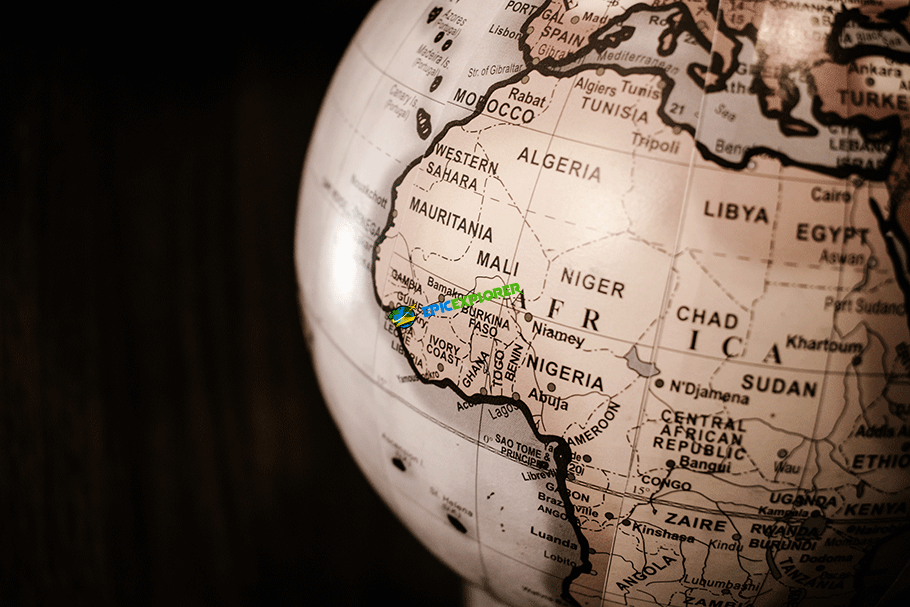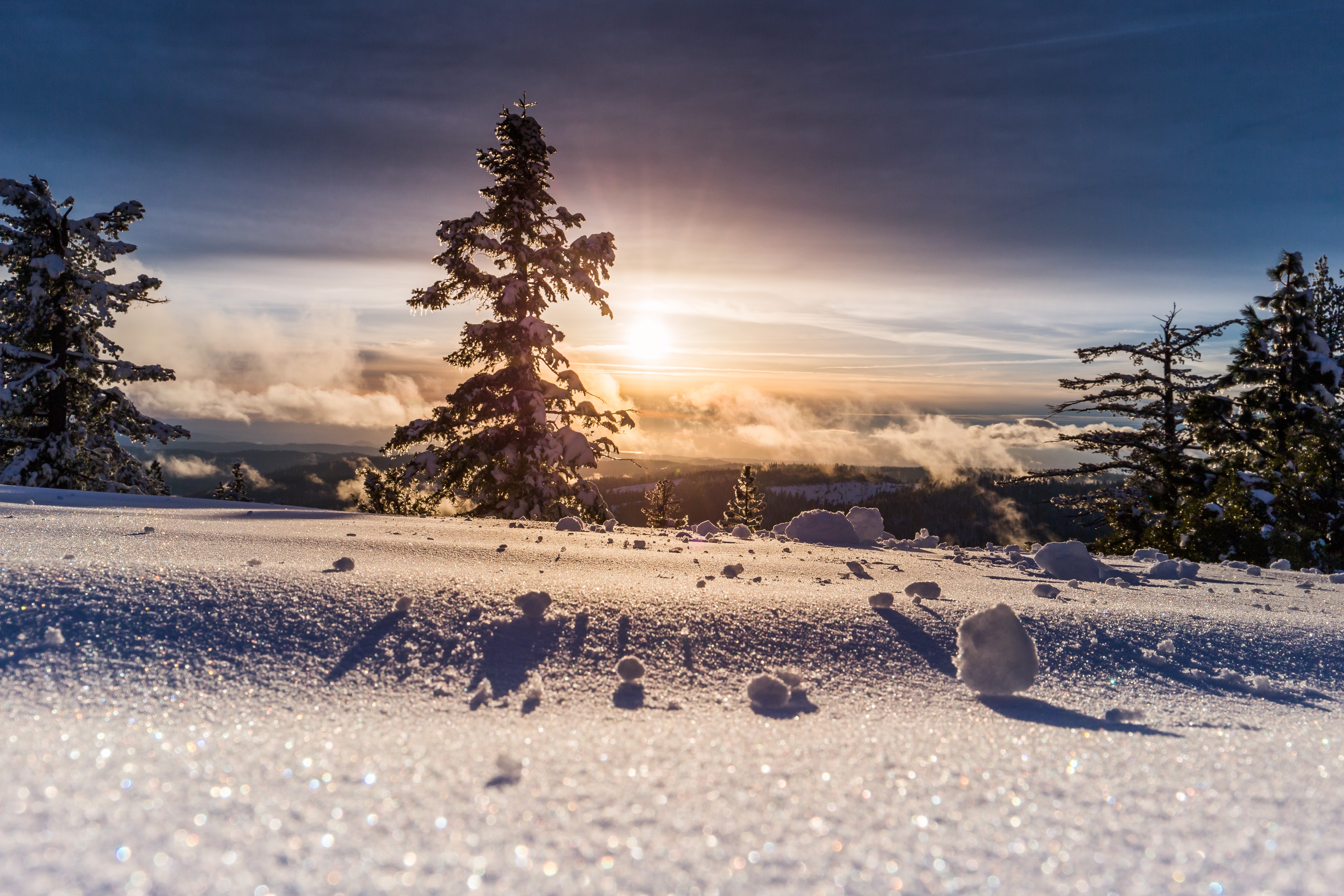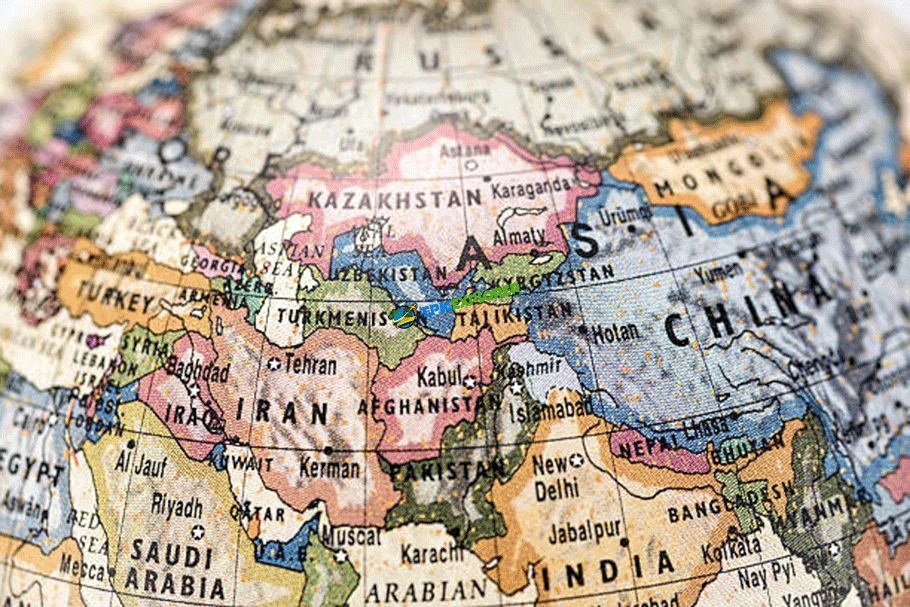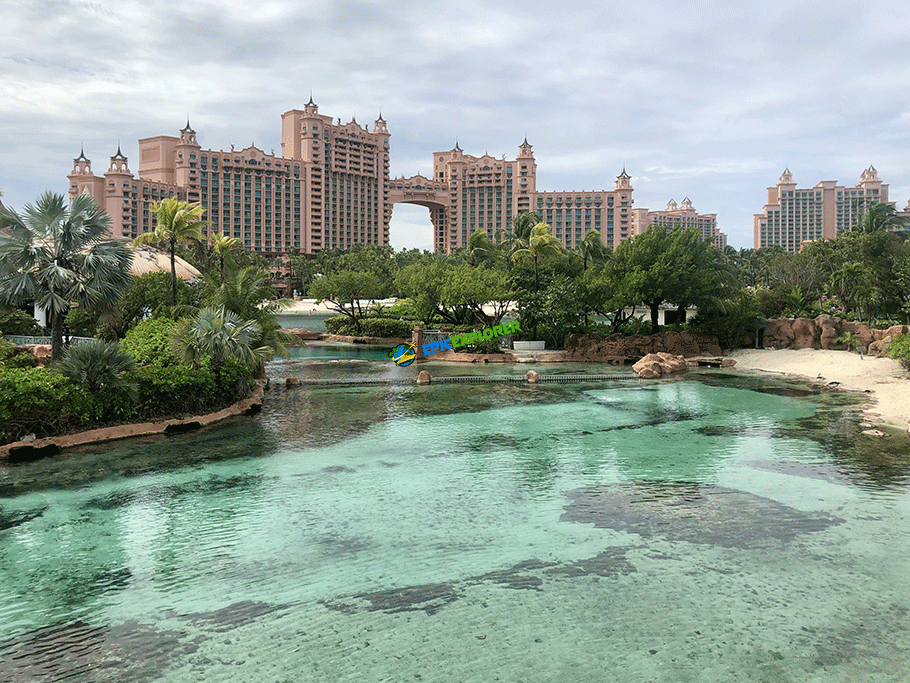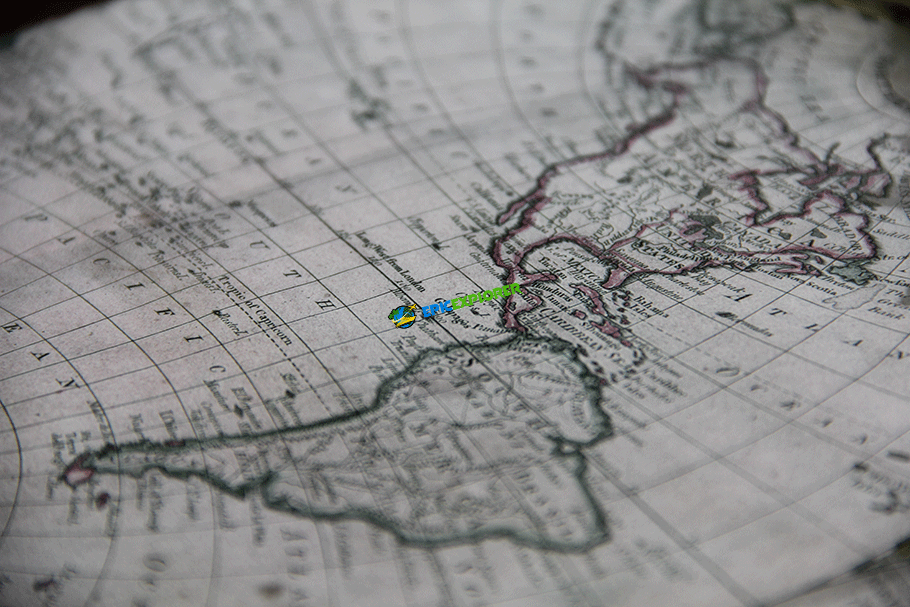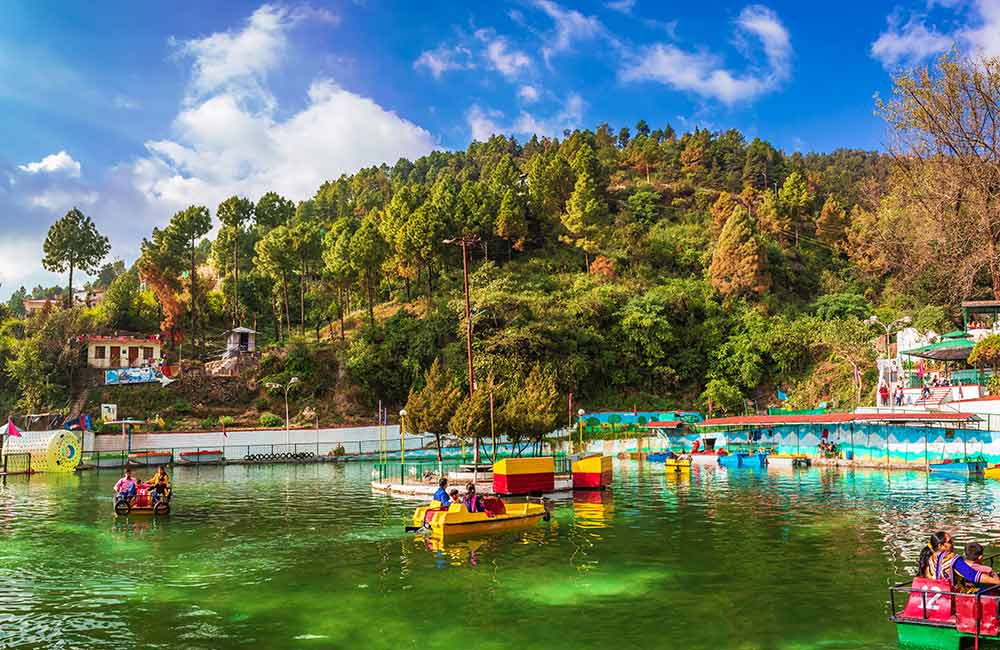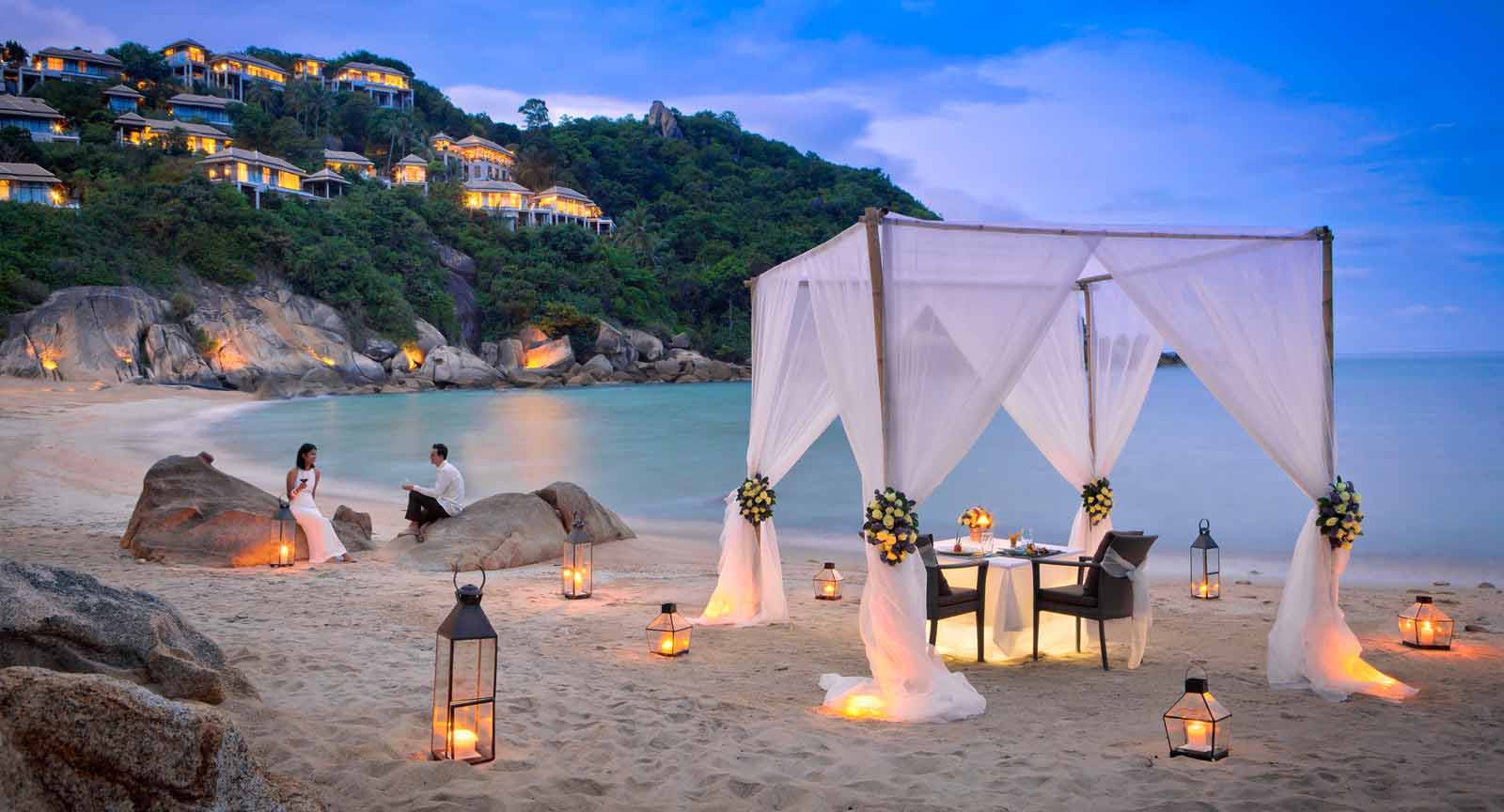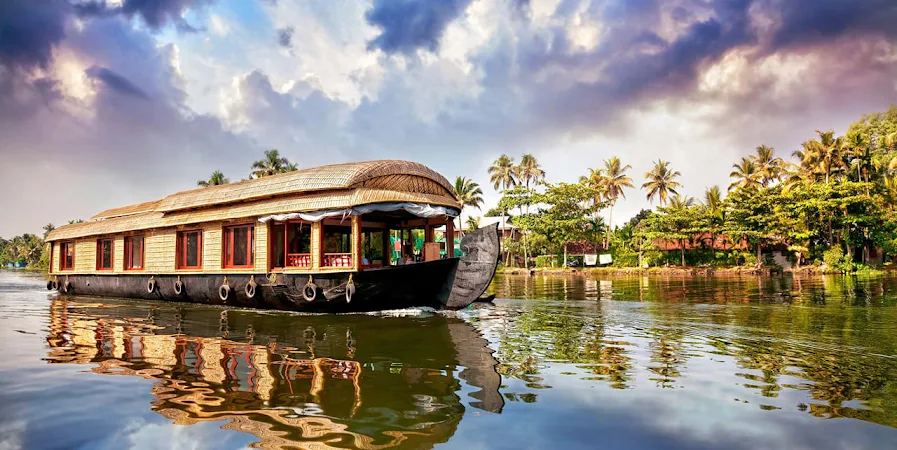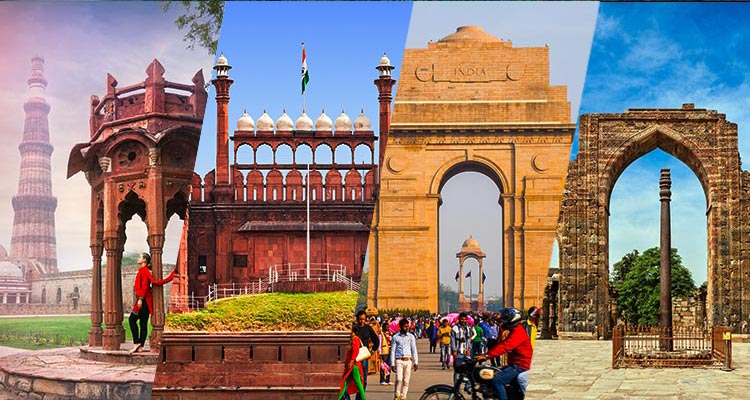Ecuador: A Tapestry of Natural Wonders and Rich Heritage
Ecuador, a country straddling the equator on South America's west coast, is a compact marvel of diverse landscapes and rich cultural heritage. Bordered by Colombia to the north, Peru to the east and south, and the Pacific Ocean to the west, Ecuador encapsulates the essence of the Andes Mountains, the lushness of the Amazon Rainforest, and the unique allure of the Galápagos Islands.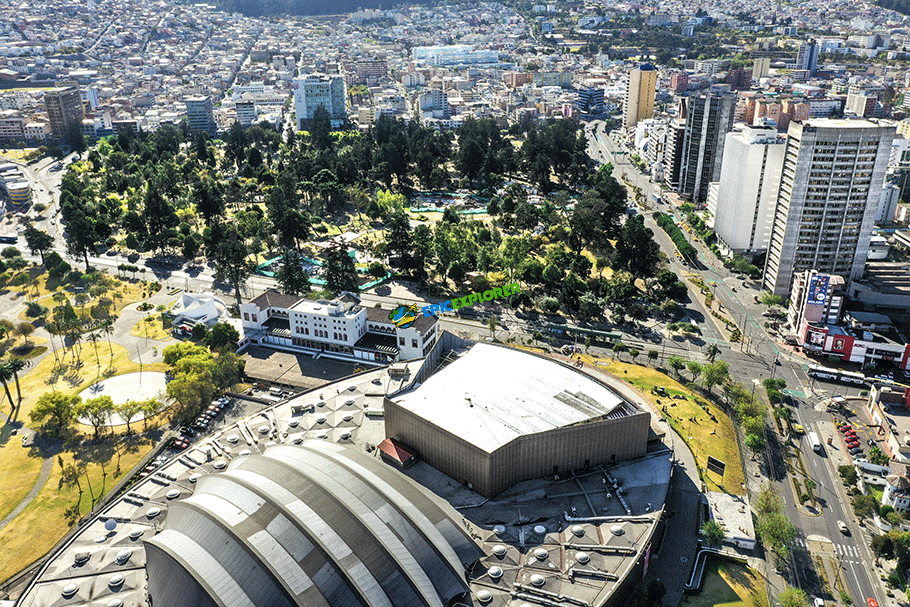
Its capital, Quito, stands high in the Andean foothills, showcasing a UNESCO-listed historic center. The indigenous markets of Otavalo, the biodiversity of the Amazon, and the volcanic beauty of Cotopaxi contribute to Ecuador's extraordinary tapestry. With a blend of historical significance, natural wonders, and vibrant cultures, Ecuador offers an immersive journey for those seeking diverse experiences within a relatively small geographical footprint.
1. Quito: A Tapestry of Timeless Heritage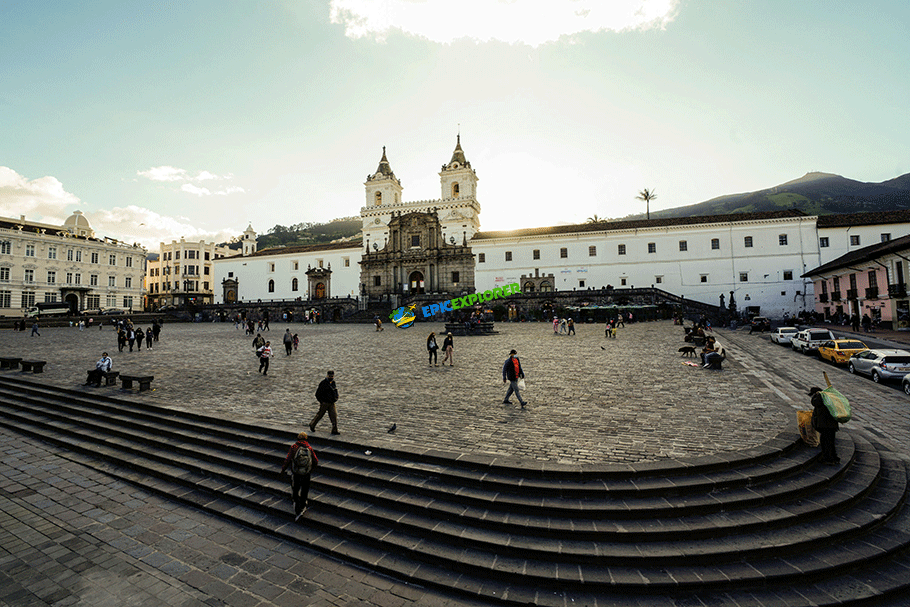
History:
Founded by the Quitu tribe, Quito's history dates back to ancient times. It later became a significant Inca city before falling under Spanish rule in the 16th century. The city's UNESCO-listed historic center bears witness to its colonial past, with architectural treasures like the Basilica del Voto Nacional and the grandeur of the Plaza de la Independencia.
Best Places to Visit: Explore the historic Old Town, the Middle of the World Monument, and the panoramic views from El Panecillo. Don't miss the vibrant markets and the spiritual ambiance of La Compañía de Jesús.
Best Time to Visit: The best time to visit Quito is during the dry season from June to September.
2. Guayaquil: Gateway to the Pacific
History:
Guayaquil, Ecuador's largest city and economic powerhouse, has a history deeply rooted in its struggle for independence. It played a pivotal role in the fight against Spanish rule and later transformed into a bustling commercial hub. The city's Malecón 2000, a scenic riverfront boardwalk, stands as a testament to its renewal and modernization, offering locals and visitors alike a space to enjoy the Pacific breeze and cultural events.
Best Places to Visit: Stroll along Malecón 2000, explore the historic Las Peñas neighborhood, and visit Parque Seminario, home to iguanas. The vibrant Mercado Artesanal adds a cultural touch.
Best Time to Visit: Guayaquil welcomes visitors year-round, but the dry season from July to December is ideal.
3. Cuenca: The Cultural Capital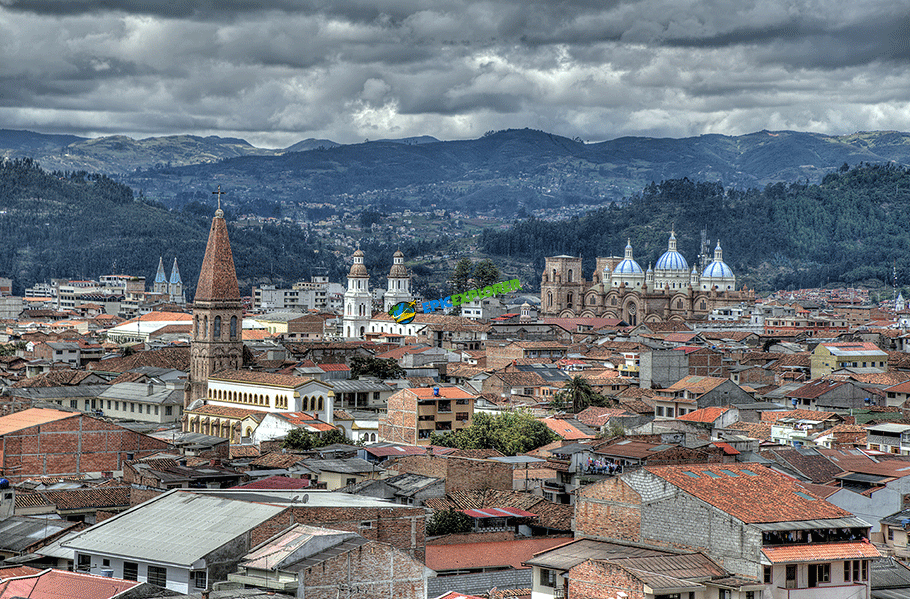
History:
Cuenca, known as the "Athens of Ecuador," was founded by the Spanish in 1557. The city seamlessly blends indigenous and Spanish influences, and its UNESCO-listed historic center showcases stunning colonial architecture. Nestled amid the Andes, Cuenca has preserved its cultural heritage through the centuries, offering visitors a journey through time as they explore landmarks like the blue-domed Cathedral of the Immaculate Conception and the scenic Tomebamba River.
Best Places to Visit: Wander through the UNESCO-listed historic center, visit the blue-domed Cathedral of the Immaculate Conception, and explore the Tomebamba River. The Mirador de Turi offers panoramic views.
Best Time to Visit: Cuenca enjoys a mild climate year-round, but the dry season from June to September is popular.
4. Galápagos Islands: A Natural Wonderland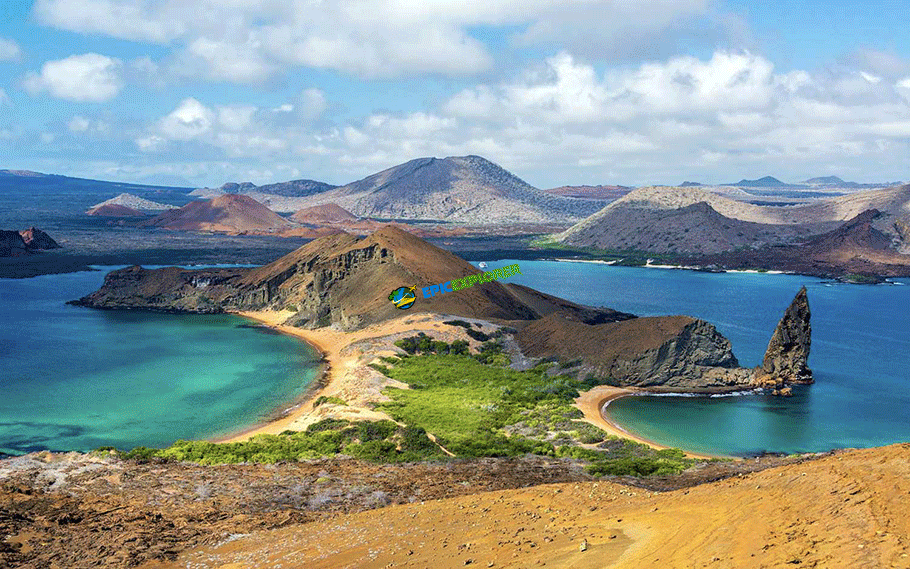
History:
The Galápagos Islands have a history marked by accidental discovery and scientific exploration. In 1535, a Spanish bishop stumbled upon this archipelago, and centuries later, Charles Darwin's groundbreaking observations on the islands contributed to the theory of evolution. Today, the Galápagos Islands stand as a living laboratory of biodiversity, where visitors can witness unique flora and fauna found nowhere else on Earth.
Best Places to Visit: Explore diverse islands like Santa Cruz, Isabela, and Española, encountering unique wildlife. Snorkel with sea lions, visit the Charles Darwin Research Station, and marvel at untouched landscapes.
Best Time to Visit: The Galápagos Islands can be visited year-round, but June to November is ideal for wildlife enthusiasts.
5. Otavalo: A Tapestry of Indigenous Culture
History:
Otavalo's history dates back to pre-Incan times, with indigenous communities flourishing in the region. The town's market has been a center of trade and cultural exchange for centuries.
Best Places to Visit: Immerse yourself in the vibrant Otavalo Market, known for textiles and handicrafts. Explore the Peguche Waterfall and the serene Cuicocha Lake.
Best Time to Visit: Otavalo is enchanting year-round, with the Saturday market being a highlight.
6. Manta: Where History Meets the Pacific
History:
Manta has been a vital port since pre-Columbian times, connecting Ecuador to other civilizations. Over the years, it has evolved into a modern city while preserving its coastal charm. The Museo del Banco Central, dedicated to the city's maritime history, stands as a reminder of Manta's pivotal role in Ecuador's connection to the Pacific.
Best Places to Visit: Relax on Playa Murciélago, explore the Pacoche Forest, and discover the city's maritime history at the Museo del Banco Central.
Best Time to Visit: Manta is great for a beach retreat, especially from June to September.
7. Ambato: Resilience and Festivities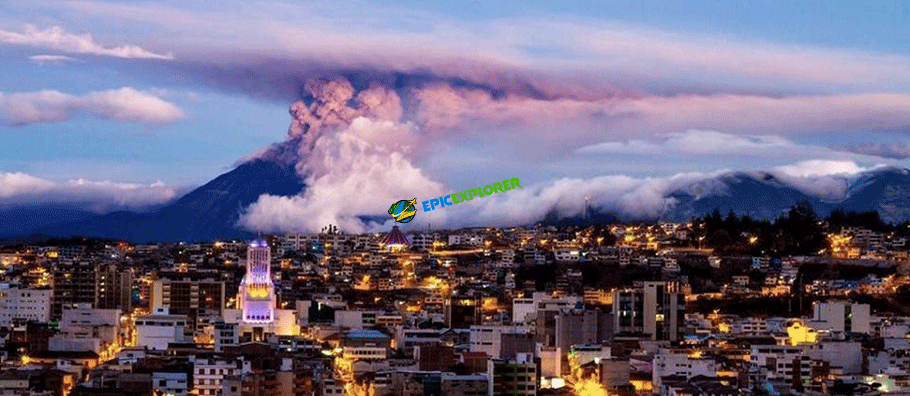
History:
Ambato's history is marked by natural disasters, including earthquakes and volcanic eruptions. Despite these challenges, the city has exhibited remarkable resilience. Ambato is famous for its vibrant festivals, with the Fiesta de las Flores y las Frutas being a highlight. This annual celebration showcases the city's strength, artistic expression, and a collective spirit that triumphs over adversity.
Best Places to Visit: Experience the Fiesta de las Flores y las Frutas, explore Parque Juan Montalvo, and visit the captivating Ambato Cathedral.
Best Time to Visit: Ambato comes alive during the Fiesta de las Flores y las Frutas in February.
8. Loja: Cradle of Arts and Nature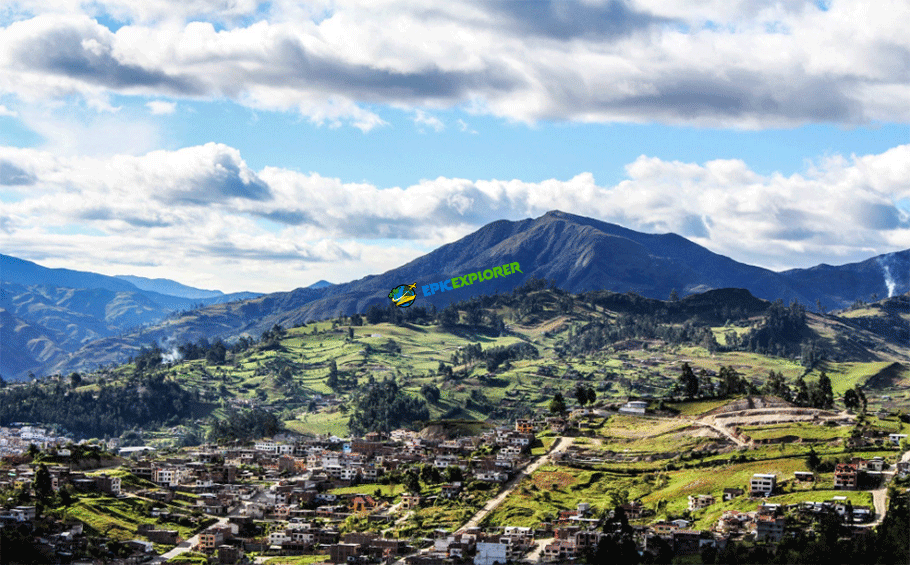
History:
Loja, known as the "Cradle of Arts," is nestled in the southern Andes and has a history deeply rooted in indigenous traditions. The city has been a center for artistic and cultural expression, fostering a vibrant cultural scene.
Best Places to Visit: Enjoy the art scene at Calle Lourdes, visit the impressive Loja Cathedral, and explore the nearby Podocarpus National Park.
Best Time to Visit: Loja's pleasant climate makes it a year-round destination.
9. Baños: Legends and Natural Wonders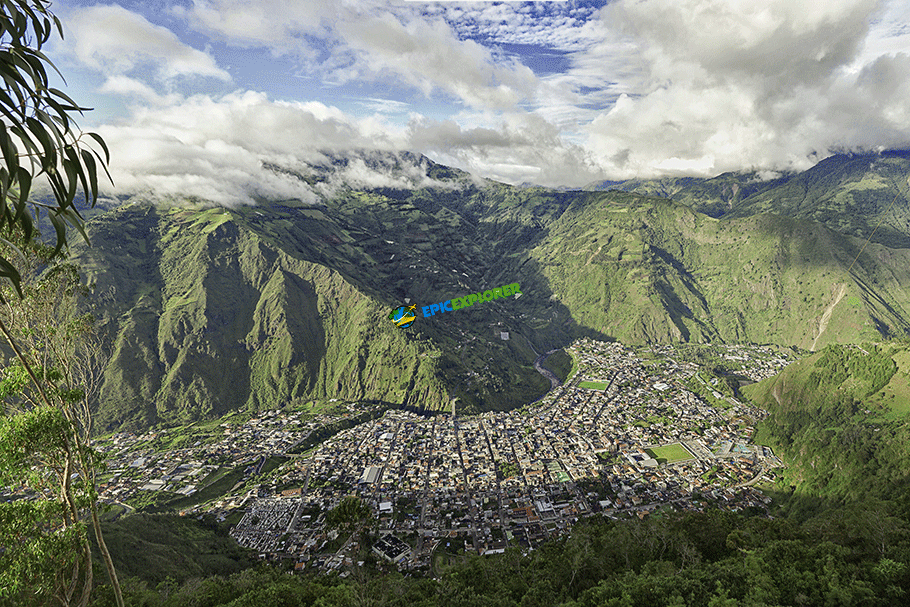
History:
Baños, surrounded by volcanoes, has a history steeped in legends and natural wonders. Founded as a health retreat, the city's thermal baths attracted visitors seeking the purported healing properties of the local waters.
Best Places to Visit: Relax in the thermal baths, hike to the Casa del Árbol, and witness the breathtaking Pailón del Diablo waterfall.
Best Time to Visit: Baños is excellent year-round, with a temperate climate and various outdoor activities.
10. Mindo: Cloud Forest Sanctuary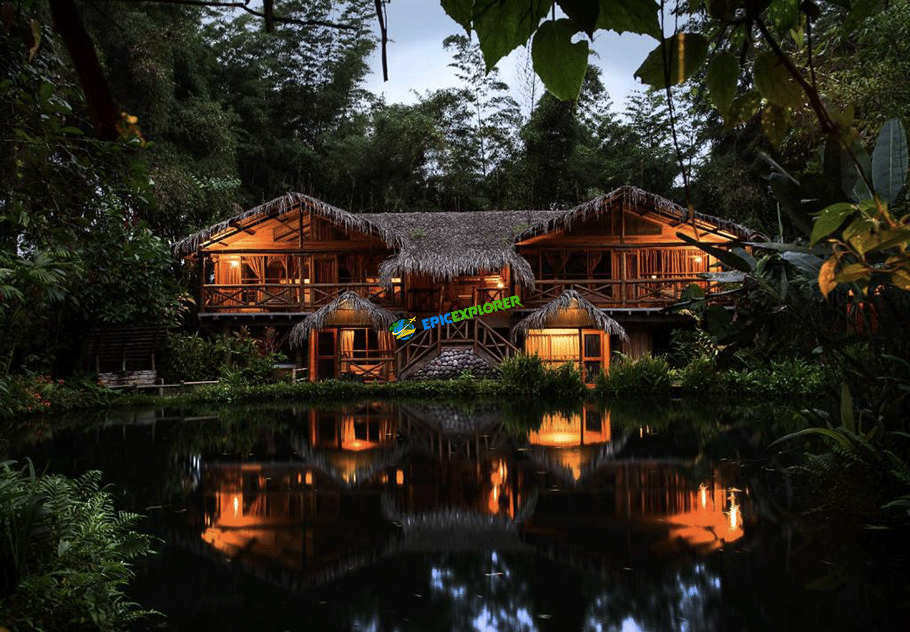
History:
Mindo, situated in the western Andes, has a history shaped by a commitment to biodiversity conservation. This cloud forest sanctuary has become a haven for nature enthusiasts and birdwatchers.
Best Places to Visit: Explore the Mindo Cloud Forest Reserve, embark on birdwatching adventures, and experience the unique butterfly farms.
Best Time to Visit: Mindo's cloud forest allure is best experienced from June to November.
Best Time to Visit Ecuador: A Year-Round Tapestry
Ecuador's diverse regions mean the best time to visit varies. Coastal areas and the Amazon thrive from December to April, while the Andes and Galápagos offer year-round appeal. 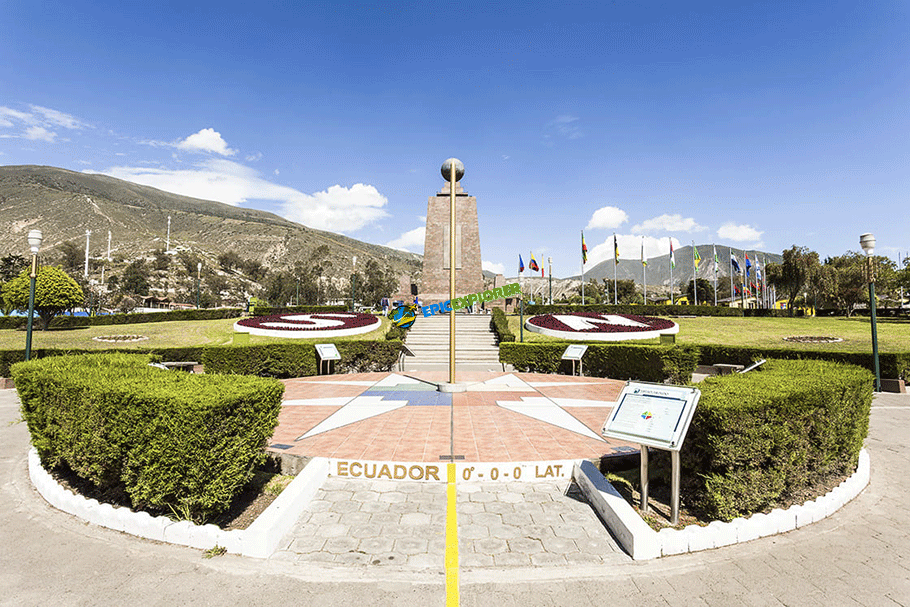
Local festivals like Inti Raymi in June provide an extra layer of cultural immersion. Plan your journey to Ecuador to experience this tapestry of history, culture, and natural wonders.

